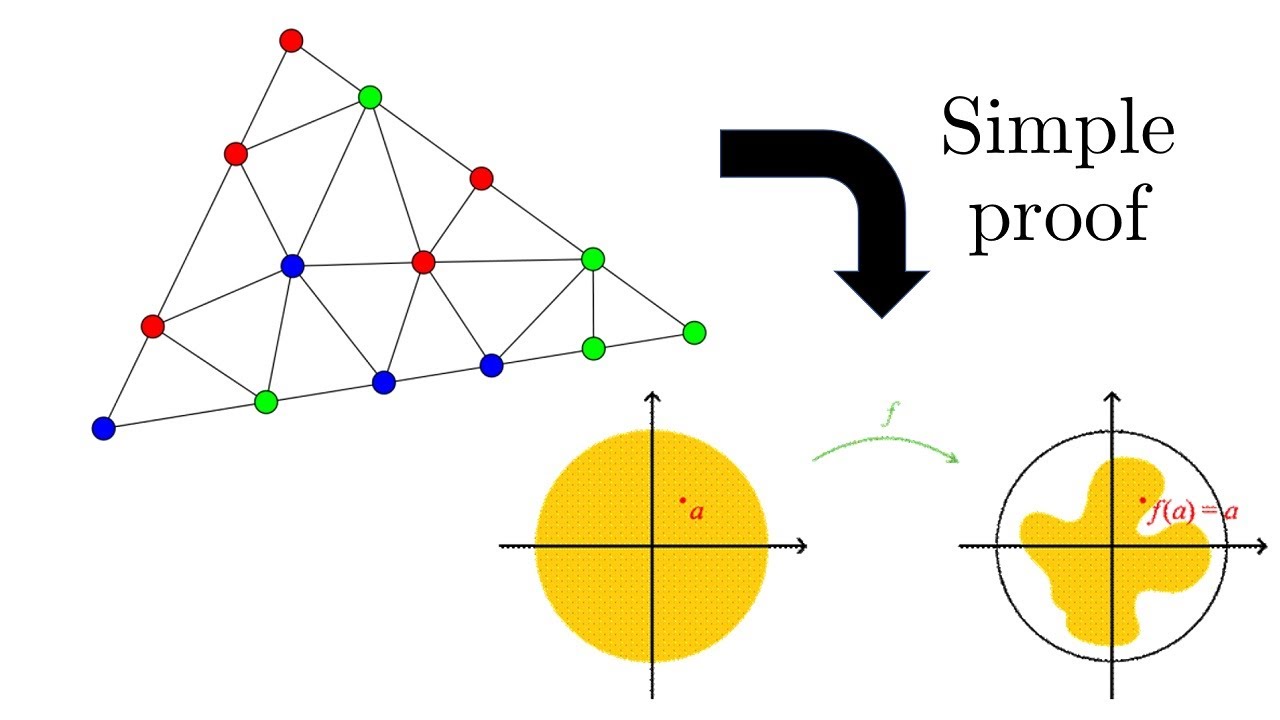
Fixed-Point Theorems for Non-Transitive Relations
Security and Systems
The LRE “Security and Systems” group aims at securing IT systems in three areas: the identification of vulnerabilities, the protection of software, operating systems and networks attack detection using Machine Learning and Graph Learning
The team leverages about 4 permanent researchers whose computer skills and research interests are complementary. They are brought together by the aim to produce added value from data (I.e., models, useful patterns or knowledge).
More specifically, the team is working on the following problems:
Our results are theoretical, methodological, algorithmic, software, and applications. Our guiding principle is to try to help data owners throughout the interactive process of knowledge discovery from data. Such processes require the combination of a wide range of paradigms of description or induction (pattern extraction, classification, statistical learning, deep learning, etc.).
Our research is developed in relation to real data analysis: the quantitative and qualitative empirical study on real data is fundamental to assessing the performance of the proposed methods. While AI research team develops methods and algorithms rather than applications, it works with owners of data from several environments: Neuroscience, Chemistry, Social Sciences, Industry, etc. This diversity shows our willingness to be centered “Methods” and develop generic algorithms applicable to a broad spectrum of applications.
Identify
Identifying threats in cybersecurity research is imperative for the scientific community to protect critical infrastructure, sensitive data, and digital assets from increasingly sophisticated cyber-attacks. As cyber threats evolve, timely and comprehensive threat identification enables the development of proactive defense mechanisms, enhances resilience against breaches, and mitigates potential damages. Advancing this research not only safeguards individual and organizational privacy but also fortifies national security and global economic stability. By prioritizing threat identification, the scientific community can stay ahead of adversaries, fostering a safer and more secure digital environment for all.
Protect
Threat protection in cybersecurity refers to the strategies and technologies implemented to safeguard an organization’s digital assets from various cyber threats. This includes deploying advanced security measures such as firewalls, antivirus software, intrusion prevention systems (IPS), and encryption protocols to defend against malware, data breaches, and unauthorized access. Additionally, organizations adopt best practices such as regular software updates, employee training on security awareness, and incident response planning to bolster their defenses. By proactively managing vulnerabilities and continuously monitoring for potential threats, threat protection aims to create a resilient security posture that minimizes risks and ensures the integrity, confidentiality, and availability of critical information.
Detect
Threat detection in cybersecurity involves identifying potential threats to an organization's digital infrastructure by monitoring networks, systems, and applications for signs of malicious activity. Advanced techniques such as machine learning, behavioral analysis, and signature-based detection are used to recognize and respond to various threats, including malware, phishing attacks, and unauthorized access. Effective threat detection relies on continuous monitoring and real-time analysis to quickly identify and mitigate risks, ensuring the protection of sensitive data and maintaining the integrity of critical systems.
Loïc Rouquette · Christine Solnon
I-JVM: une machine virtuelle Java pour l'isolation de composants dans OSGiNicolas Geoffray · Gaël Thomas · Gilles Muller · Pierre Parrend · Stéphane Frénot · Bertil Folliot
Apprentissage d'Ensembles Parallèles de Règles de Classification par Analyse de Concepts FormelsNidà Meddouri · Hela Khoufi · Monder Maddouri

Fixed-Point Theorems for Non-Transitive Relations
Combining physical and network data for attack detection in water distribution networks

Pierre Parrend
Professor

Marc Espie
Expert

Elloh Adja
Associate Professor

David Beserra
Associate Professor

Walid Ghandour
Associate Professor

Ghada Gharbi
Associate Professor

Nidà Meddouri
Associate Professor

Loïc Rouquette
Associate Professor

Côme Frappé-Vialatoux
PhD Student

Majed Jaber
PhD Student

Julien Michel
PhD Student

Khaoula Sghaier
PhD Student